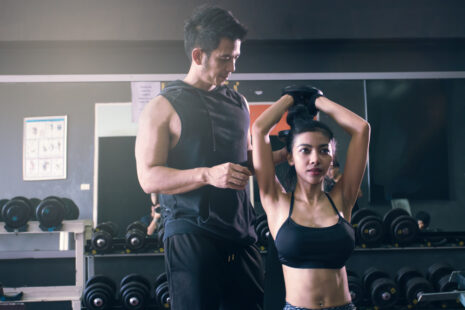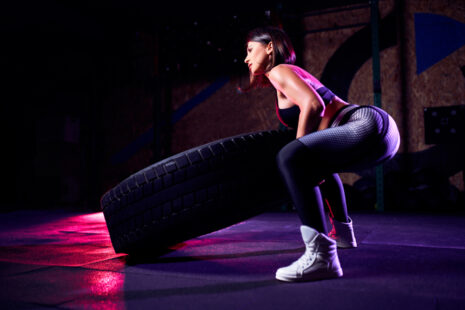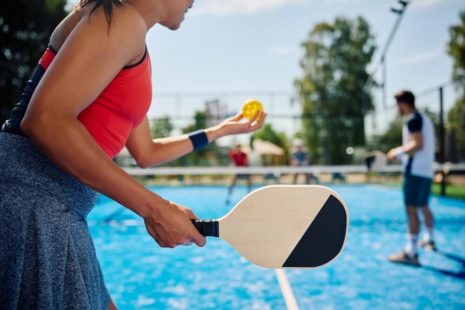Brazilian Jiu-Jitsu (BJJ) can contribute to strengthening and hypertrophy (thickening) of the neck muscles due to the physical demands of the sport.
Here’s how BJJ training may lead to increased neck muscle thickness…
- Grappling and Takedowns – BJJ involves a significant amount of grappling, clinching, and takedown techniques where the neck muscles are actively engaged in stabilizing the head and neck, resisting forces applied by opponents, and maintaining posture. This constant activation and resistance against external forces can stimulate muscle growth in the neck region.
- Guard Passing and Pressure – Techniques such as guard passing and applying pressure from top positions require maintaining a strong and stable posture, often involving neck engagement to resist opponents’ attempts to control or submit. Consistent application of pressure can lead to strengthening and hypertrophy of the neck muscles over time.
- Submissions and Defense – During BJJ training and sparring, practitioners frequently apply and defend against various submission techniques such as chokes, neck cranks, and collar grips. These movements require significant neck strength and endurance to resist or apply pressure effectively, potentially leading to muscle hypertrophy in the neck region.
- Bridge and Bridging Movements – BJJ practitioners commonly use bridging movements to escape from inferior positions, create space, or generate leverage against opponents. Bridging engages the posterior chain muscles, including the neck extensors, which can contribute to strengthening and thickening of the neck muscles with consistent practice.
- Conditioning and Resistance Training – Many BJJ practitioners incorporate specific neck strengthening exercises and resistance training into their conditioning routines to improve performance, prevent injuries, and enhance overall neck strength and stability.
While BJJ training can lead to hypertrophy of the neck muscles, the extent of thickening may vary depending on individual factors such as genetics, training frequency, intensity, duration, and the specific techniques employed. It’s essential to practice proper technique, gradually increase training intensity, and incorporate appropriate recovery strategies to minimize the risk of overuse injuries and ensure balanced muscle development throughout the body. Consulting with a qualified strength and conditioning coach or physical therapist can help develop a structured training program that targets neck strength and stability effectively while supporting overall athletic performance in BJJ.




